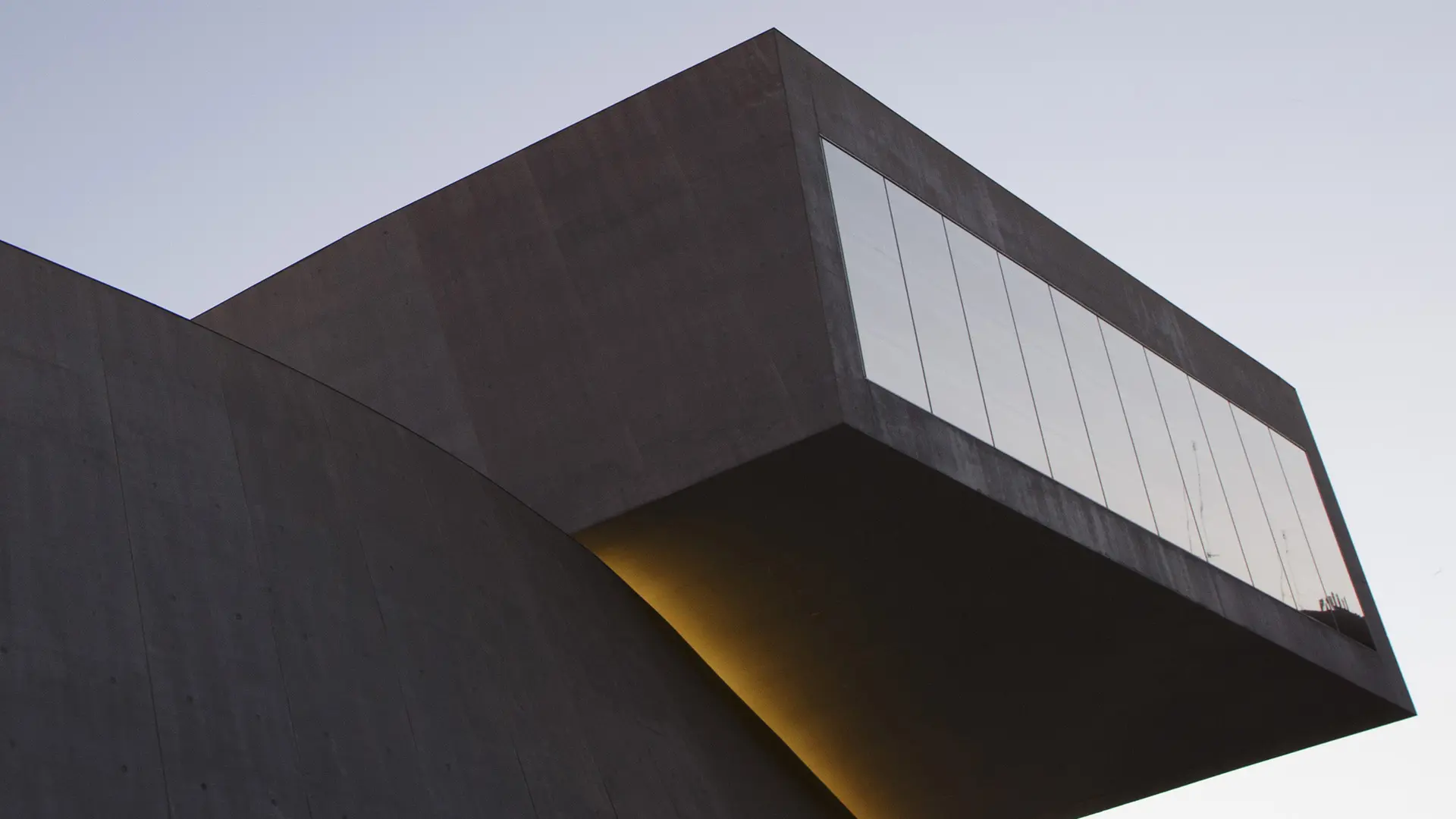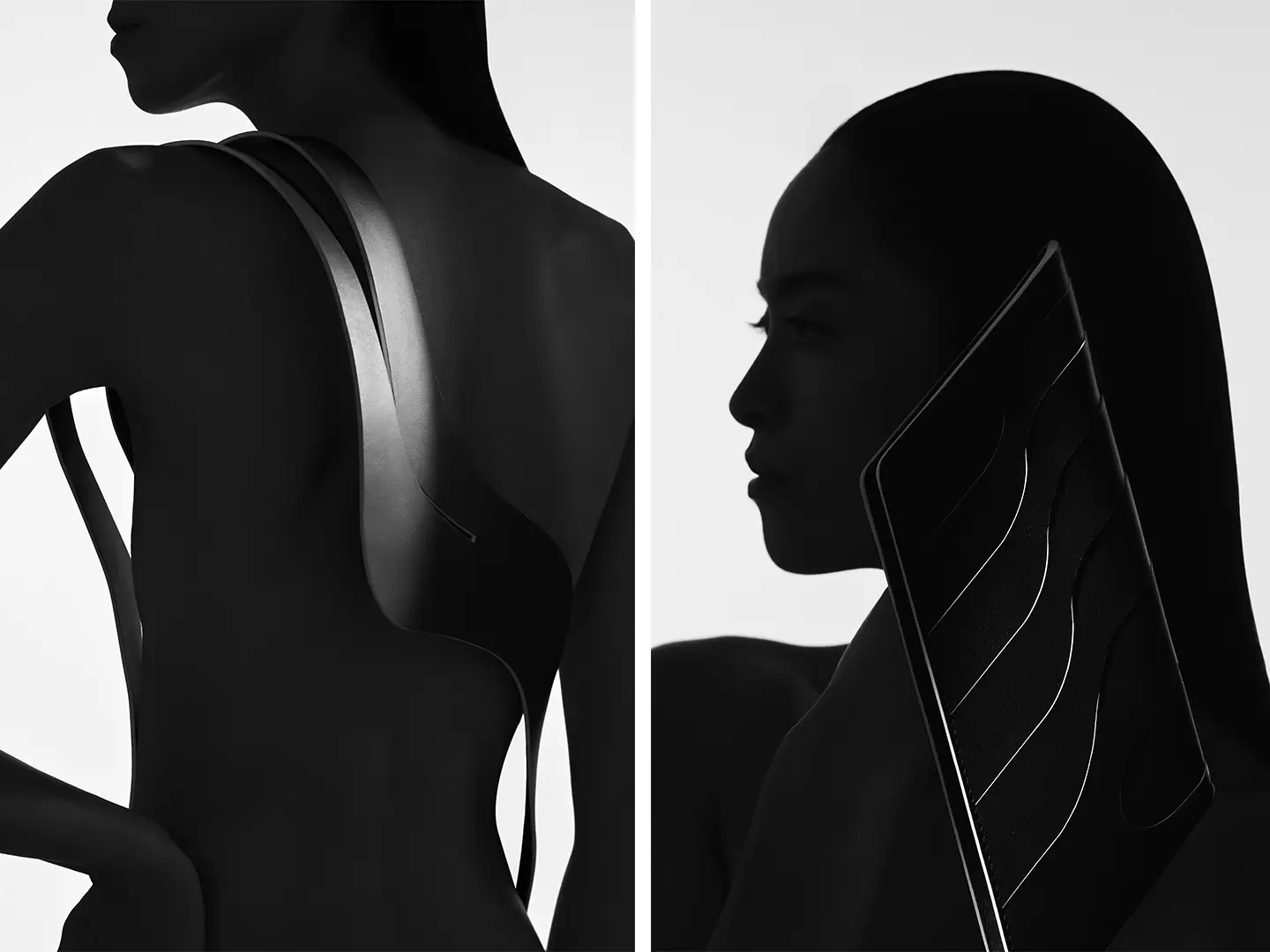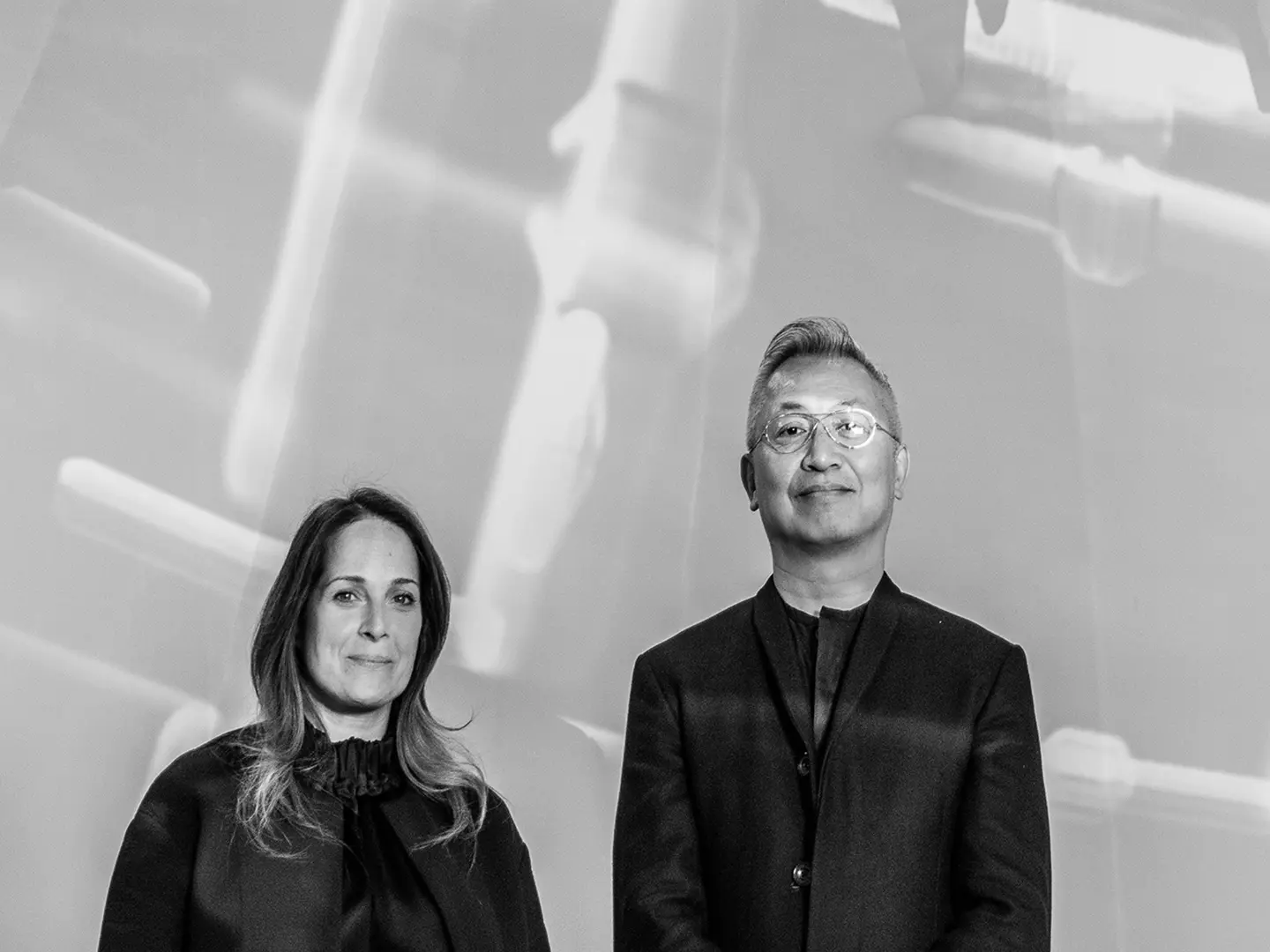From BIG to David Chipperfield, Frank Gehry to Snøhetta: a world tour of the best buildings set to open in 2026
Maha Kutay and Wood Yao on Zaha Hadid’s Italian design legacy

Maxxi External view By Musacchio Ianniello & Pasqualini
Fresh from Salone del Mobile.Milano for the launch of the Fle.X bag, Zaha Hadid Design directors Maha Mutay and Woody Yao discuss the studio’s long-standing relationship with Italian brands.
The Fle.X is a unisex leather bag that can be worn cross-body, as a clutch or waist pouch and is the latest in a long-running collaboration between Zaha Hadid Design and Italian design houses. Renowned for its iconic designs for brands from Alessi, B&B Italia and Cassina, to Bulgari, Fendi and Lasvit, that relationship was celebrated alongside Zaha Hadid’s architectural projects in Italy in an exhibition at the (Zaha Hadid Architects-designed) MAXXI museum in 2017, a year following her death. “When you look at our portfolio, most of it has a connection with Italy,” says Maha Mutay.
The bag designed for Up To You Anthology, an offshoot of Boffi that has worked with some of the design world’s brightest names, represents a continuation of that partnership but also a turning point for the studio. Like the bag, which has a sinus strap and curvaceous detailing that moulds to the contours of the wearer’s body, the project is about trying to a cultivate a closer relationship to the customer.
While design has formed a large part of the studio’s output since its inception in 1978, the separate entity Zaha Hadid Design was established in 2006 to dedicate to fashion, jewellery, furnishings, installation and exhibitions under co-director Woody Yao and Maha Kutay, who joined Zaha Hadid Architects in 1993 and 1995 respectively.
Until the launch of the studio’s own label, the Zaha Hadid Design Collection in 2014, its focus had been on creation of one-off or limited edition pieces, but Yao and Kutay see a shift towards more accessible collections with the launch of the sold-direct-to-consumer Fle.X and its new e-commerce platform later this year. “We want a line of products, not just specialised for certain clients. I really think it’s what Zaha would want,” says Woody Yao.

FLE-X Bag, ZHD x Up To You Anthology Ph By Omar Sartor
WY: We have a long relationship with Boffi – we designed a kitchen for the brand which started with making a kitchen for one of our buildings in New York. Boffi owns many different companies and Up to You Anthology – where we’ve designed the handbag for – is part of that.
They reached out to other designers who have been working with them on kitchens in the design world to ask them if they would be interested in coming up with an idea for a handbag. There was no restriction on what kind of handbag which for us is something we love because Zaha was not just about architecture, she was about fashion as well. She was an icon for many things.
MK: The inspiration behind the business itself is that they want to try and cut the middleman out. So it's not about a product that you wholesale and then retail, it's actually a collaboration between the two businesses. You’re (also) connecting straight with the consumer. You're selling from the website straight to the consumer.
We’ve worked on other bag collections, but most of the time they were in the fashion industry and it was more of a cycle-based, seasonal project. With this one we felt it was more about design rather than fashion, and that the product was about creating something that says more about us, rather than who we're working with. So it's not about the collaboration, it's not about two brands coming together, but it's about our brand and our design. We felt that the product will have a longer life. It's not about a seasonal project, but a long-term project.
WY: It's very much to do with the body shape. There are many different ways of wearing the bag. I wouldn’t call it a bag, to me it’s wearable art or sculpture. It depends on where you wrap the bag around you – you can wear it on the neck, the shoulder, you can turn it into a belt. We wanted to play also with the three-dimensionality of the bag so the weaving and on the clutch itself itself accentuates that so it's not a flat piece of leather but actually it has more volume to it. It’s a bit like a Zaha Hadid building, (it works in) 360-degrees.
MK: We did a show at the MAXXI that specially focused on our relationship with Italian brands. When you look at our portfolio, most of it has a connection with Italy, whether it’s produced there and sold in the UK, or whether it's produced and distributed from Italy. Milan and Italy have always been about design and trying to break the rules, trying to reinvent things and what we always find with the Italian companies is that they’re willing to work with us to try new things. They’re willing to go that extra mile to create something special with us.
WY: They love design, they are open to design, it doesn’t matter who you are or where you come from. They learn with you and we push each other up to make the best product.
WY: The company was incorporated in 2006, but actually the business has been designing from day one. Most architects want to build but in the end they’re only allowed to do a pop-up shop or a fun competition and what actually they are able to build is products.
If you look back at the very early projects – we weren’t supposed to do the interior but what Zaha wished was about everything – inside the building, outside the building. Whether the wanted the interior or not, that’s a different matter! For her it was just the design process, for her it wasn’t just about the exterior, it was about the whole environment, the whole atmosphere of the building.
MK: At some point Zaha felt that she wanted to establish the business properly, to create a separate company. Running a design business is different to running an architectural business and the approach and legalities are different, so it was about learning and establishing that in the business separately from the architecture, to give it its own identity and push is stronger.
It was one environment, one studio, one learning experience and Zaha was there for both (the architecture and design studios). The only difference was that you develop a produce in a short period, and the involvement there is much quicker, the results more instant than architecture.
MK: We’ve got two areas of the business we’re trying to push. There's our own brand, where we are actually designing our own collection, and then there is where we collaborate with other companies on creating products. With our own collection the focus has been on tableware and homeware, and we’re pushing further on this. We’re currently working on refreshing our website and on our e-commerce. This will be the next thing for us to try and spin this more and push it further.
WY: We’ve been doing a lot of limited editions and we would like to concentrate – I couldn’t call it mass-production – but products that are essential for the architectural and design world. We’re working on a chair and table with a famous wood manufacturer in Japan called Karimoku and we’ve just met with an Italian lighting company about working together. We want a line of products, not just specialised for certain clients. I really think it’s what Zaha would want.

Maha Kutay & Woody Yao Portraits©Lasvit
MK: Woody and myself have been in the business for quite a long time and I think the way the business was run with Zaha was very much like a studio workshop. We basically grew with her, learning from her and with her teaching, so the office will of course evolve and things will move in different directions but we feel that we've got the base. She's equipped us with what we need to take this forward.
We've got a huge portfolio of work that was produced or developed in the past that evolves still and that we work with. Working with Zaha planning a project you couldn’t go in with one idea or one proposal, you went in with a few proposals. And at the end of the day, nothing goes to waste. All the ideas gets developed. You may drop it at the last minute but then you pick it up and use it further in other projects. It was like [creating] a bank of ideas, so we've built a lot together that we can take and move forward with. And hopefully will do her right – her designs and her legacy.
WY: We try to stay true to where we started.


 Stories
Stories








